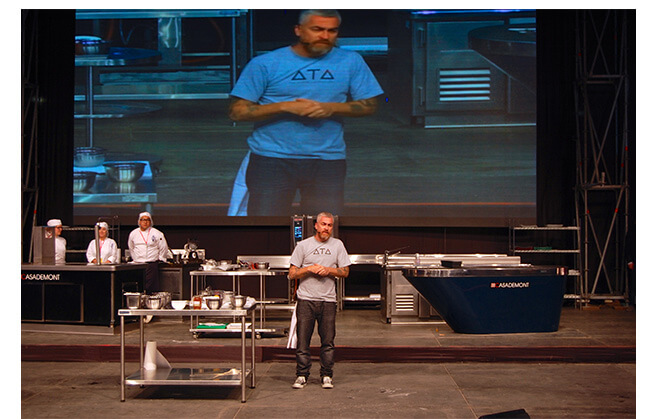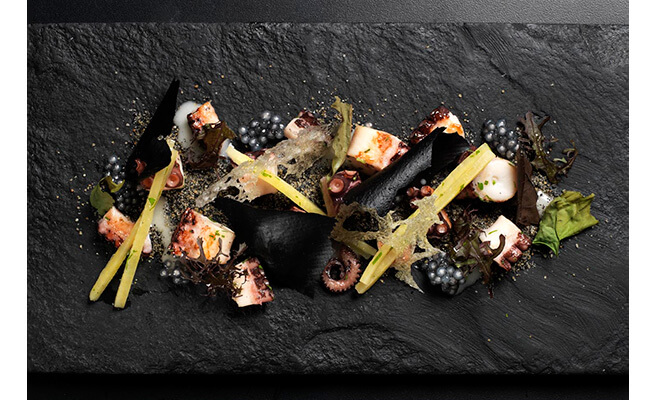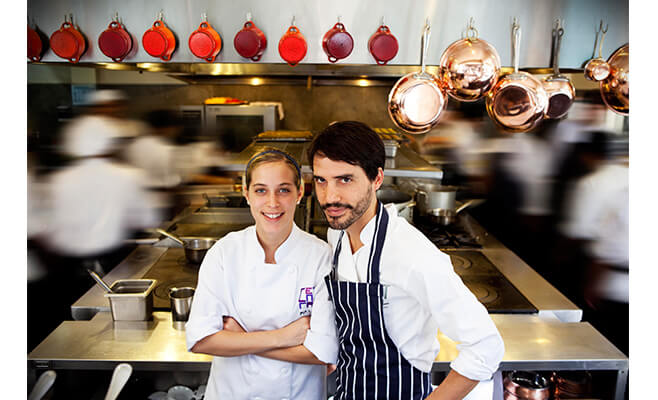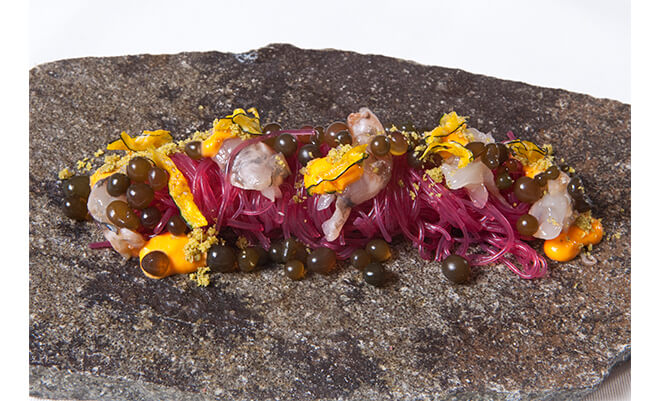News Wave in Gastronomy:from Latin America
Vol.2 A World of New Flavors and Fresh Talent
2015.12.05
 |
Fine dining based on Amazonian ingredients
“I’ve always been thinking about the Amazon and local techniques,” said Alex Atala, speaking at the Mistura international culinary congress in Lima. “They belong to us.” In 1999, when he first opened the groundbreaking restaurant D.O.M., in Sao Paulo, the concept of fine dining based on Amazonian ingredients didn’t exist. Since then, the idea has served as the inspiration for a new movement in Latin cuisine, with Mr. Atala at the forefront. At Mistura, the chef demonstrated a colorful ceviche of edible flowers, made with lemon juice, chili, and Brazilian honey containing a high level of moisture (36%, as compared with the typical 20% of other varieties), produced by native bees.
Traditional techniques turn a poisonous root into food
 |
All across Latin America, chefs are embracing indigenous ingredients and adapting ancient techniques for contemporary kitchens. Pedro Miguel Schiaffino, whose restaurant Malabar ranks No. 7 on the Latin America’s 50 Best Restaurant List, has spent the last decade seeking out and learning to use products from the Peruvian Andes and Amazon. One of the most daring ingredients Mr. Schiaffino uses at Malabar is la yuca brava, a highly toxic tuber related to the manioc root. The traditional technique for removing the poison involves mixing the grated root with water and straining it over a woven sieve for six days. The yuca paste is then squeezed dry in a snake-like palm frond (called mata frio). The concentrated liquid forms the base of a rich sauce for fish, and the paste is made into a kind of flour.
Central strives to use 100% Peruvian ingredients
 |
At restaurant Central in Lima, Virgilio Martinez (whose London restaurant, Lima, was recently awarded a Michelin star) strives to use 100% Peruvian ingredients, 80% of which are sourced from the Andes and Amazon. A meal at Central provides an eye-opening introduction to the Peruvian landscape. A dish of river shrimp, paired with sacha inchi (Inca peanut, rich in Omega-3 fatty acids), reflects the waters of the lower Andes, while a creamy puree of purple potato -- grown at such high altitude that the roots emerge from the ground frozen -- offers a snapshot of Peru’s mountainous regions. Mr. Martinez finishes the potato dish with spherical pearls of cushuro, cyanobacteria that have the consistency of crunchy tapioca.
 |
Local star chefs, ones to watch
Accompanying the rise of Latin ingredients is a focus on local talent. Brothers Thiago and Felipe Castanho took home the “One to Watch” prize at the LA50BR awards for their modern Brazilian restaurant, Remanso do Bosque. Restaurants such as Rodrigo Oliveira’s Mocoto, which focuses on regional Brazilian food, and Chila in Buenos Aires, where Soledad Nardelli serves authentic Argentine cuisine, have garnered accolades from international critics. Meanwhile, Epice in Sao Paulo, helmed by the young, charismatic Alberto Landgraf, is quickly gaining a cult following among foodies around the world.
text by Melinda Joe |









